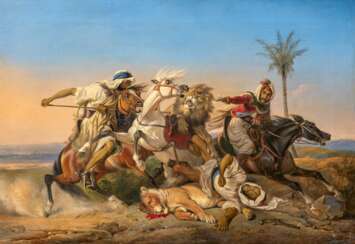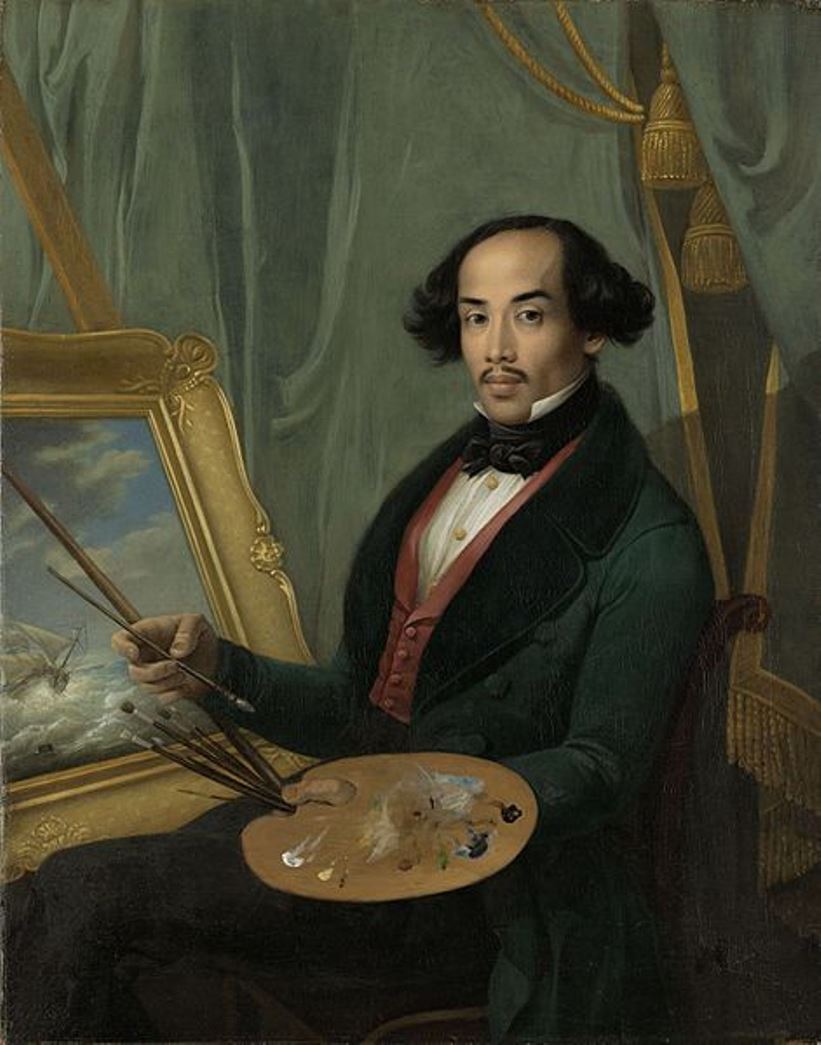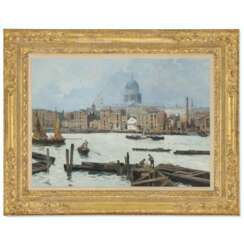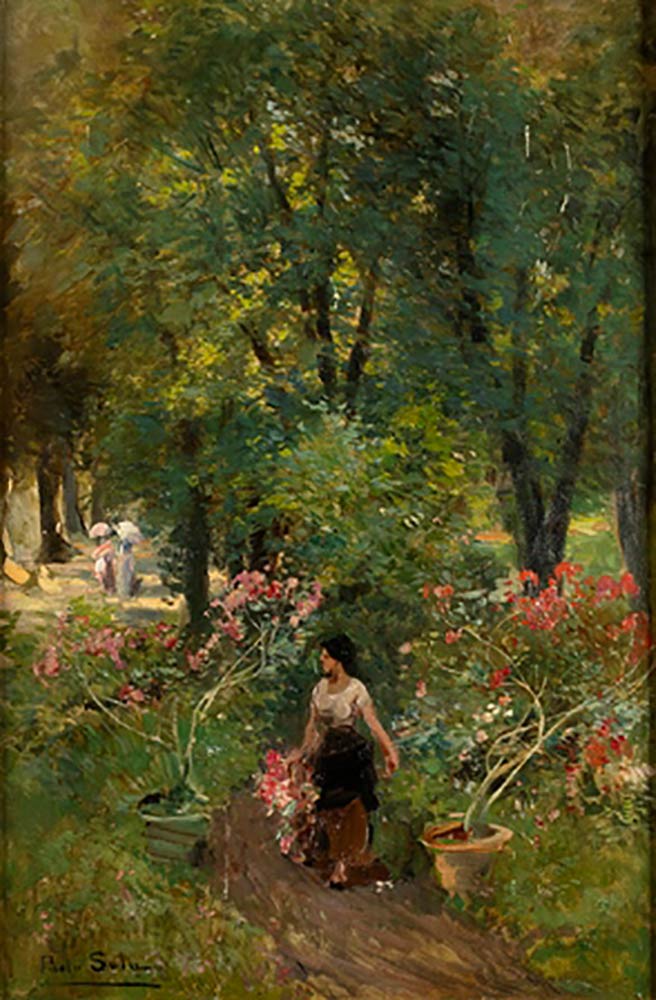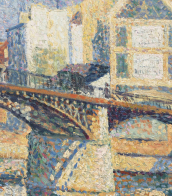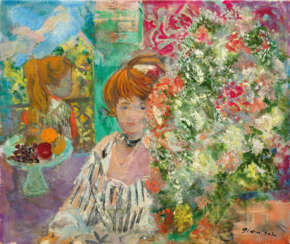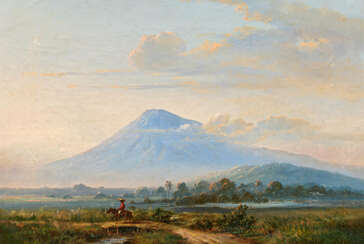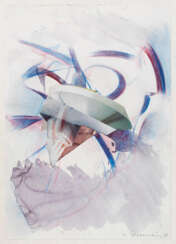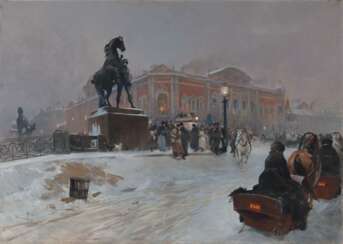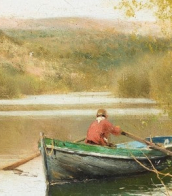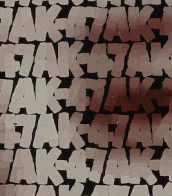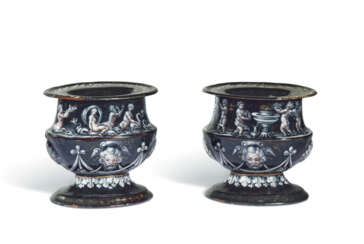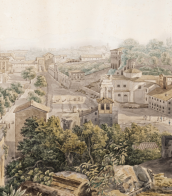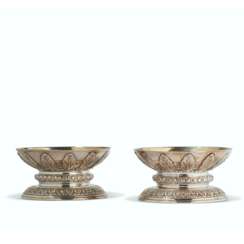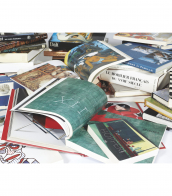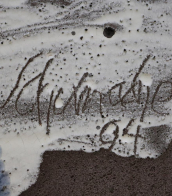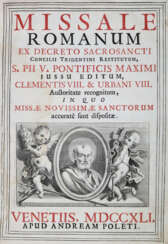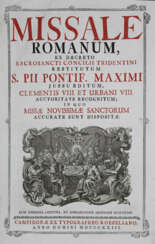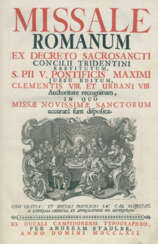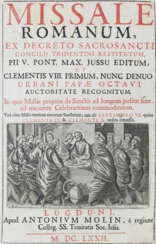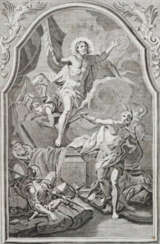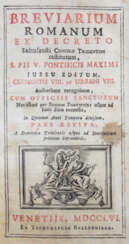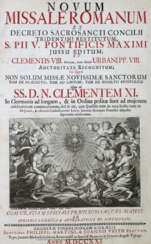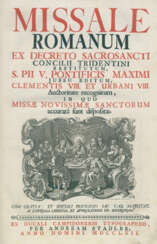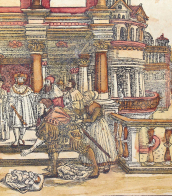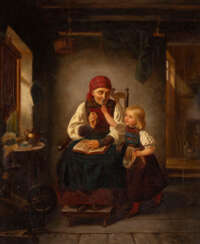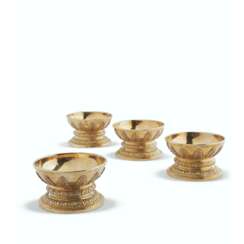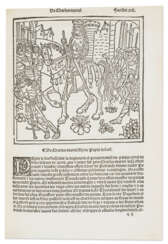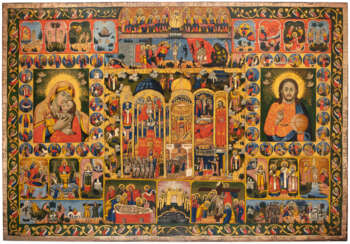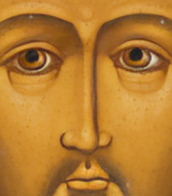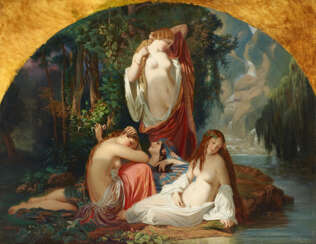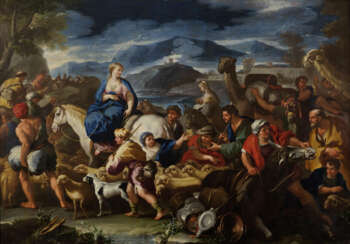sale
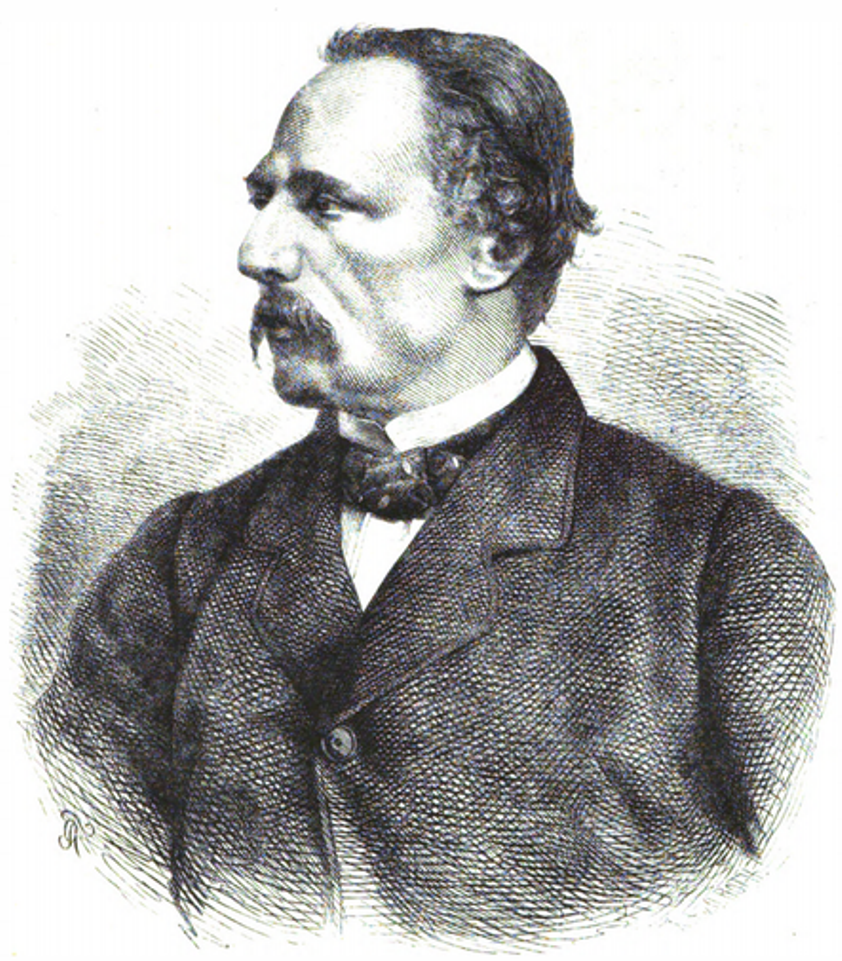
Hubert Salentin was a German genre painter.
He studied painting at the Düsseldorf Academy of Art. Salentin became famous for his interesting paintings depicting scenes from rural life in West Germany, often with children and in nature.


Hubert Salentin was a German genre painter.
He studied painting at the Düsseldorf Academy of Art. Salentin became famous for his interesting paintings depicting scenes from rural life in West Germany, often with children and in nature.


Hubert Salentin was a German genre painter.
He studied painting at the Düsseldorf Academy of Art. Salentin became famous for his interesting paintings depicting scenes from rural life in West Germany, often with children and in nature.

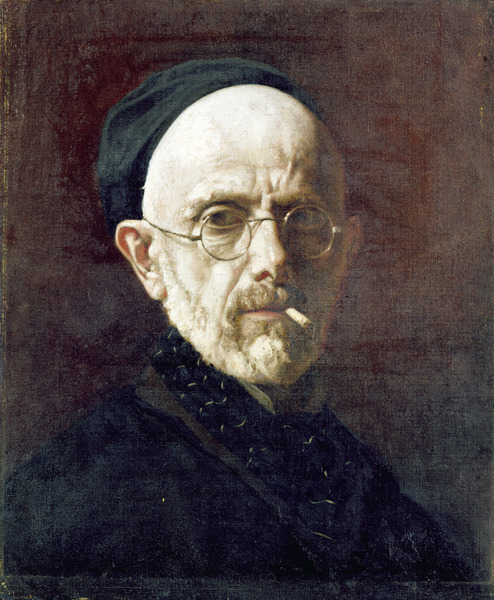
Henri Lehmann, full name Karl-Ernest-Rodolphe-Heinrich-Salem Lehmann, was a French classicist painter.
Henri Lehmann was first trained by his artist father, and then in the studio of Jean-Auguste-Dominique Ingres he received the basis for his work and became his follower. Beginning in 1835, Lehmann exhibited regularly at the Salon, winning medals in 1840, 1848, and 1855.
Known for his fine portraits, he portrayed many figures of his era, writers and composers. He also received numerous commissions for large-scale compositions, including the decoration of the Paris City Hall in 1852, which was destroyed in 1871. In 1861 Lehmann became head of the Académie des Beaux-Arts; from 1875 he was its master.
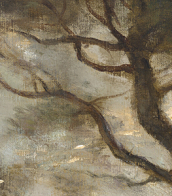
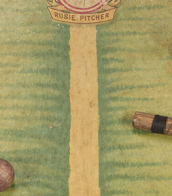
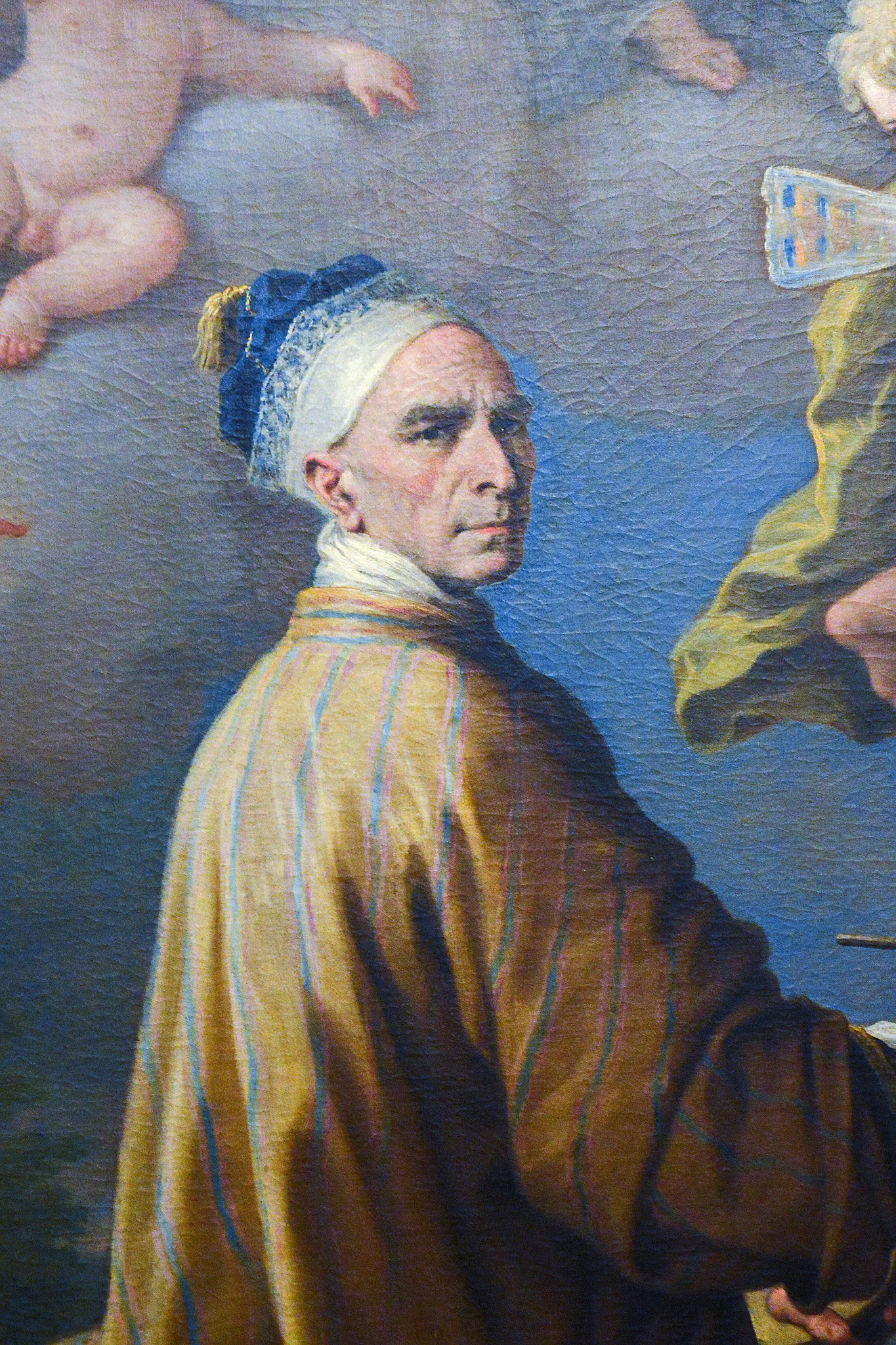
Paolo de Matteis was a distinguished Baroque painter known for his dynamic and expressive artworks. Matteis' training began with Francesco di Maria in Naples, followed by further guidance under the prominent painter Luca Giordano. His works are known for their vibrant compositions and dramatic flair, typical of the Baroque style prevalent during his time.
Paolo de Matteis' career was marked by significant contributions to the art world, including decorative schemes for Neapolitan churches like the vault of the chapel of San Ignatius in the church of Gesù Nuovo in Naples. His Assumption of the Virgin for the Abbey at Monte Cassino is another testament to his skill. Between 1723 and 1725, he spent time in Rome, receiving commissions from Pope Innocent XIII, further solidifying his reputation as a master painter.
Paolo de Matteis' influence extended beyond Italy. From 1702 to 1705, he worked in Paris, Calabria, and Genoa, showcasing his artistry to a broader European audience. In Genoa, one of his notable works was an Immaculate Conception with St. Jerome Appearing to St. Sevrio. His time in Paris was particularly significant, as it allowed him to infuse his Italian Baroque style with broader European influences.
Paolo de Matteis was not only a masterful painter but also a teacher. He nurtured the talents of several pupils, including Filippo Falciatore, Francesco Peresi, and members of the Sarnelli family. His legacy is carried forward through these artists, who were deeply influenced by his style and techniques.
For collectors and experts in art and antiques, Paolo de Matteis' works offer a captivating glimpse into the Baroque era, characterized by expressive brushwork, vivid color palettes, and dynamic compositions. His paintings remain a valuable part of the rich tapestry of Italian Baroque art.
To stay informed about Paolo de Matteis' masterpieces and their presence in the world of art sales and auctions, consider subscribing to our updates. This service will ensure you are always in the know about opportunities to explore and possibly acquire works by this celebrated Baroque artist.

